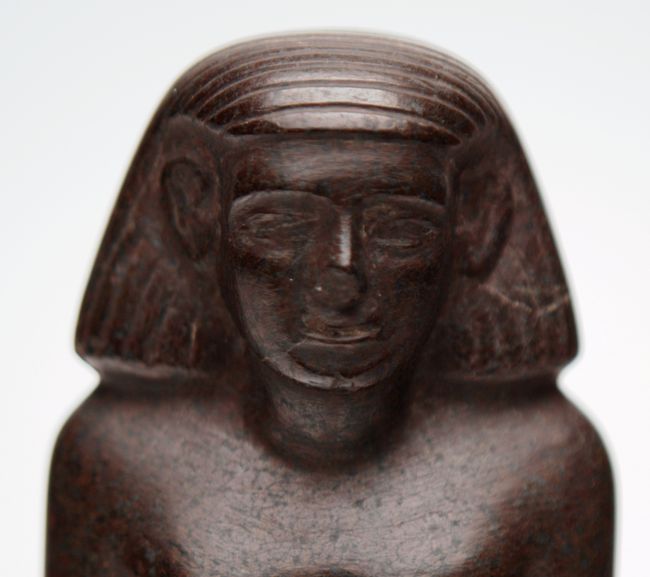brian cox
Flick Friday: Rise Of The Planet Of The Apes 2011

Ten years ago, today, the #1 movie in theaters was Rise of the Planet of the Apes. Released August 5, it was directed by Rupert Wyatt and is based on the novel La Planète des singes by French novelist Pierre Boulle, translated to Planet of the Apes and, Monkey Planet in the UK. Written by Rick Jaffa & Amanda Silver (married writing team), it was produced by Jaffa, Silver, Peter Chernin and Dylan Clark. Thomas M. Hammel was Executive Producer and Patrick Doyle was the film composer. Cast: Andy Serkis (Caesar), James Franco, Freida Pinto, John Lithgow, Brian Cox, Tom Felton, David Oyelowo, David Hewlett, Karin Konoval (Maurice), Terry Notary (Rocket/Bright Eyes), Richard Ridings (Buck), Devyn Dalton (Cornelia), Jay Caputo (Alpha-Caesar’s Father) and Christopher Gordon (Koba).
At the story’s heart is Caesar, a chimpanzee who gains human-like intelligence and emotions from an experimental drug. Raised like a child by the drug’s creator, Will Rodman and a primatologist Caroline Aranha, Caesar ultimately finds himself taken from the humans he loves and imprisoned in an ape sanctuary in San Bruno. Seeking justice for his fellow inmates, Caesar gives the fellow apes the same drug that he inherited. He then assembles a simian army and escapes the sanctuary, putting man and ape on a collision course that could change the planet forever.
IMDb Summary
I liked this movie but, Roger Ebert was brutal. ~Vic
Trivia Bits:
♦ The jigsaw puzzle that Caesar has nearly completed is a depiction of Taylor and Nova from Planet of the Apes (1968), riding on a horse down the beach, just before coming upon the Statue of Liberty.
♦ Koba, the scarred lab ape and, some apes at the Gen-Sys and sanctuary, are bonobos. This species was assumed, until very recently, to be a subspecies of chimp, explaining its absence in previous films.
♦ Will Rodman’s surname is a nod to Planet of the Apes (1968) screenwriter Rod Serling.

